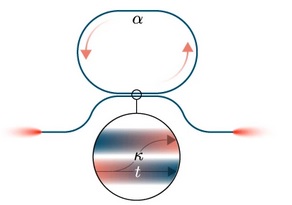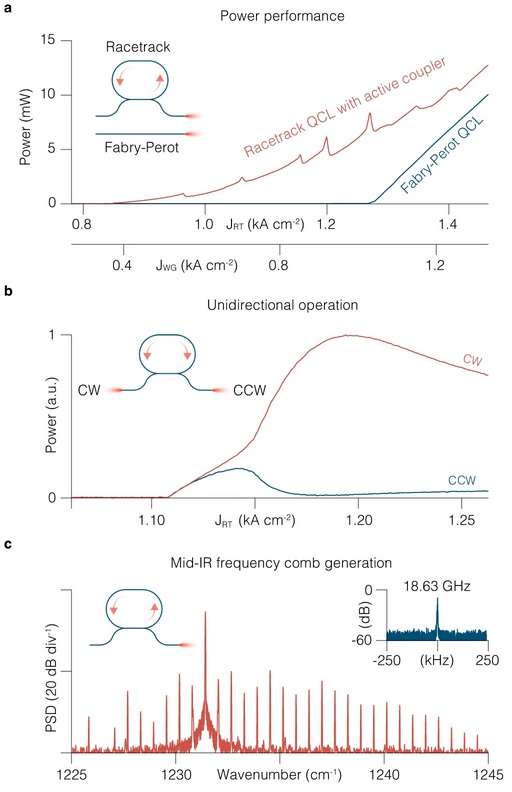
Case Study: Active Ring Resonators Using Mid-Infrared QCLs
From: Wavelength Electronics
Posted On: 11 Jun 2024
Ring resonators are one of the most versatile building blocks of photonic integrated circuits (PICs). They have contributed to scaling down optical laboratory experiments and making commercial technologies more portable. The PIC world is growing in applicability and physically shrinking in size, and it can enable reduction of global electricity consumption, improved classical and quantum optical signal processors, and lightweight and cost-effective devices for spectroscopy.

Researchers in Massachusetts, Austria, and Portugal have designed an active mid-infrared ring resonator incorporating a quantum cascade active region in the waveguide core with directional couplers. The resonance frequency, quality factor, and coupling regime and coefficients can all be tuned electrically to better fit multiple applications. By changing these parameters, the active ring resonator can act as a tunable filter, a nonlinear frequency converter, or a frequency comb generator. This design allows active ring resonator integration into the mid-infrared spectral region (3-12 μm) for a variety of applications in photonic integrated circuits with significant power output of 10 mW for spectroscopy, communication, and microwave generation.
It was critical to have precise control of the drive current as the probe wavelength was tuned by ramping the injection current. The racetrack quantum cascade laser (QCL) operation state is highly dependent on the injection current especially when dealing with frequency comb generation.
All laser devices, including a Fabry-Perot QCL, were driven with Wavelength Electronics’ low-noise current drivers QCL1500 LAB or QCL2000 LAB and their temperature was stabilized at 16ºC using Wavelength Electronics’ low thermal drift temperature controller TC5 LAB. The high performance and precision of Wavelength Electronics provided the necessary stability of the laser sources in the active mid-IR ring resonators

For more information: https://www.teamwavelength.com/new-case-study-active-ring-resonators-using-mid-ir-qcls/.
